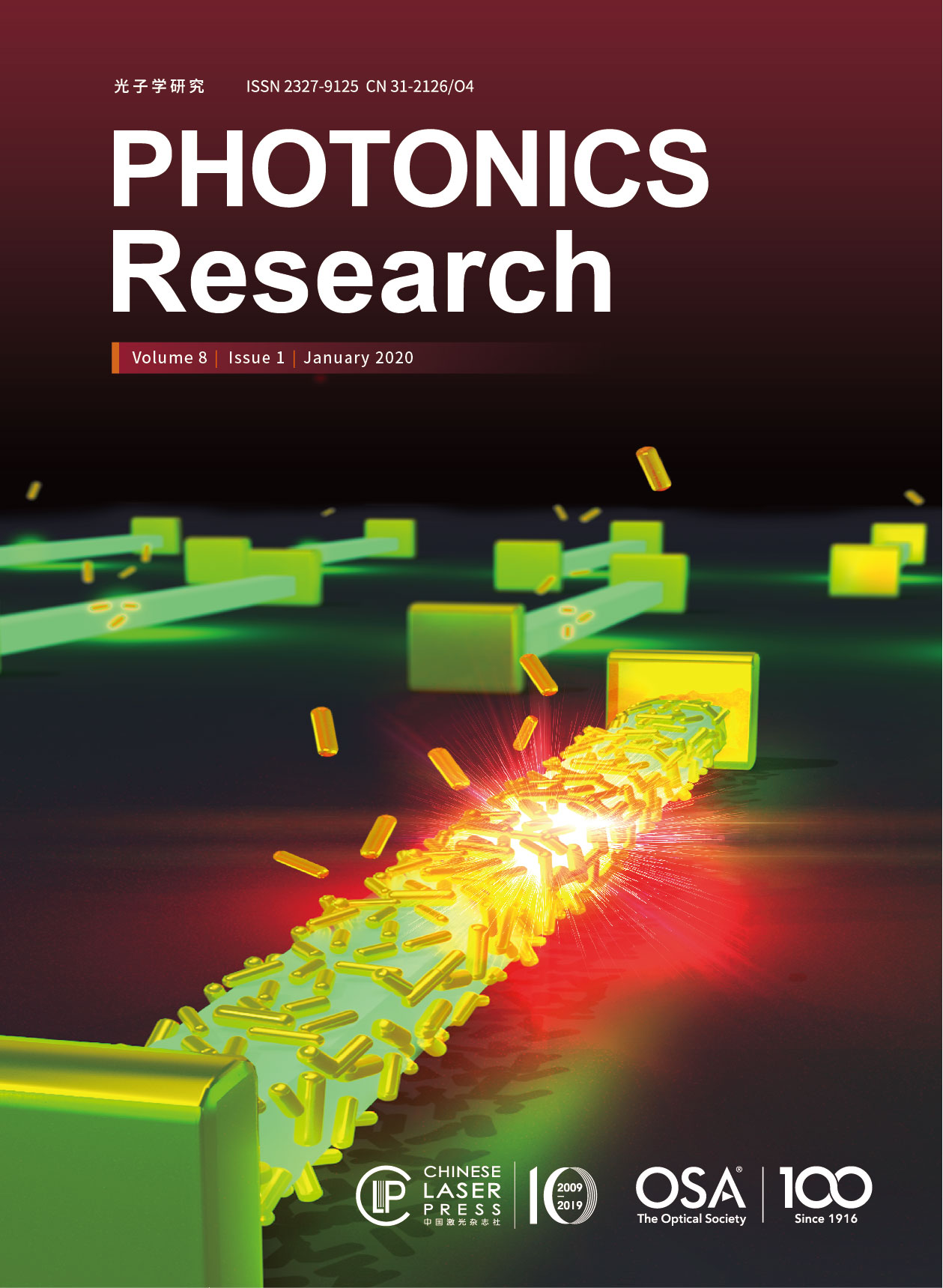The collective oscillation of electrons located in the conduction band of metal nanostructures being still energized, with the energy up to the bulk plasmon frequency, are called nonequilibrium hot electrons. It can lead to the state-filling effect in the energy band of the neighboring semiconductor. Here, we report on the incandescent-type light source composed of Au nanorods decorated with single Ga-doped ZnO microwire (AuNRs@ZnO:Ga MW). Benefiting from Au nanorods with controlled aspect ratio, wavelength-tunable incandescent-type lighting was achieved, with the dominating emission peaks tuning from visible to near-infrared spectral regions. The intrinsic mechanism was found that tunable nonequilibrium distribution of hot electrons in ZnO:Ga MW, injected from Au nanorods, can be responsible for the tuning emission features. Apart from the modification over the composition, bandgap engineering, doping level, etc., the realization of electrically driving the generation and injection of nonequilibrium hot electrons from single ZnO:Ga MW with Au nanostructure coating may provide a promising platform to construct electronics and optoelectronics devices, such as electric spasers and hot-carrier-induced tunneling diodes.
.- Publication Date: Dec. 24, 2019
- Vol. 8, Issue 1, 91 (2020)
- Publication Date: Dec. 09, 2019
- Vol. 8, Issue 1, 8 (2020)
- Publication Date: Dec. 06, 2019
- Vol. 8, Issue 1, 1 (2020)
- Publication Date: Dec. 24, 2019
- Vol. 8, Issue 1, 70 (2020)
- Publication Date: Dec. 18, 2019
- Vol. 8, Issue 1, 46 (2020)
- Publication Date: Dec. 19, 2019
- Vol. 8, Issue 1, 57 (2020)
- Publication Date: Dec. 13, 2019
- Vol. 8, Issue 1, 32 (2020)
- Publication Date: Dec. 16, 2019
- Vol. 8, Issue 1, 39 (2020)
- Publication Date: Dec. 19, 2019
- Vol. 8, Issue 1, 51 (2020)
Diverse ultrafast dynamics have been reported on different graphene prepared by different methods. Chemical-vapor-deposited (CVD) growth is regarded as a very promising method for highly efficient production of graphene. However, CVD-grown graphene usually presents only one of the diverse ultrafast dynamics. Thus, control of the ultrafast photo-electronic dynamics of CVD-grown graphene is vital to present the diversity for different photodetection applications of CVD-grown graphene. In this paper, we report on the first realization to our knowledge of control of the ultrafast dynamics of CVD-grown graphene and the manifestation of diverse ultrafast dynamics on sole CVD-grown graphene. We study the ultrafast photoelectronic dynamics of CVD-grown graphene with different degrees of oxidation caused by ozone oxidation using femtosecond time-resolved transient differential transmission spectroscopy, and we find that the ultrafast dynamics can evolve obviously with the time of ozone oxidation. The diverse ultrafast dynamics reported previously on different monolayer graphenes prepared by different methods are achieved on the sole CVD-grown graphene by controlling oxidation time. The mechanism for manipulation of the ultrafast dynamics by ozone oxidation is revealed by Raman spectroscopy as the control of the Fermi level of CVD-grown graphene. Simulations of dynamics based on the optical conductivity model of graphene and Fermi level change well reproduce the observed diverse ultrafast dynamics. Our results are very important for the diverse applications of graphene and open a new path toward the diverse ultrafast dynamics on the sole graphene prepared by any method.
.- Publication Date: Dec. 09, 2019
- Vol. 8, Issue 1, 17 (2020)
- Publication Date: Dec. 20, 2019
- Vol. 8, Issue 1, 65 (2020)
The year 2019 marks the 10th anniversary of the first report of ultrafast fiber laser mode-locked by graphene. This result has had an important impact on ultrafast laser optics and continues to offer new horizons. Herein, we mainly review the linear and nonlinear photonic properties of two-dimensional (2D) materials, as well as their nonlinear applications in efficient passive mode-locking devices and ultrafast fiber lasers. Initial works and significant progress in this field, as well as new insights and challenges of 2D materials for ultrafast fiber lasers, are reviewed and analyzed.
.- Publication Date: Dec. 24, 2019
- Vol. 8, Issue 1, 78 (2020)
About the Cover
Typical incandescent emitter composed of single Ga-doped ZnO microwire covered by Au nanorods fabricated. By adjusting the aspect ratios of Au nanorods, wavelength-tunable emissions were achieved, with the dominating peaks tuning from visible to near-infrared spectral regions.












